If you’ve ever wondered about affiliate marketing and the potential to monetize your Pinterest account, this post is for you! Read on to learn more about the best practices and tips for using your affiliate marketing to make money with Pinterest.
One question that pops up almost weekly when I’m interacting with people on social media involves something to do with affiliate marketing. And honestly, I get it. Affiliate marketing is a new-ish concept for the online business/freelance world, and the exciting part is the potential to make money from promoting the software, products, and courses you already love.
But what exactly is affiliate marketing, and more importantly, how can you choose the best affiliates AND make money with Pinterest? Well, let’s start with the basics first.
Side note: If you’d rather watch the video version of this post, click below!
What is Affiliate Marketing?
Essentially, brands/businesses will pay entrepreneurs or bloggers to send traffic and give them a “finders fee” for referrals.
For example, I am an affiliate for multiple different things. A couple of the platforms that I have become an affiliate for are Canva, Tailwind, and one of the first courses I took that I love and share with people all the time.
So, when I send traffic, and if that traffic converts, then they give me a commission for that sale. Basically, it’s a really great way to make additional income naturally because I’m already sharing with my audience these tools, platforms, and courses through my social media and online conversations.
And, well, that’s it. (Pretty simple right?) Affiliate marketing is getting paid referral money or commission to drive traffic and make sales for businesses that you use and support. It reminds me of grassroots-type marketing – word of mouth (in this case, online) that shares what you love and why other people should have it too.
I mean, hey, if you’re going to promote these businesses, you might as well get some of the profit too!
Where are My Affiliates At?
Now you might be wondering, “How do I figure out where I can find businesses or brands that I love that have affiliate programs?”
There are “middlemen” or go-betweens called affiliate networks. Now some of the different places where you can earn affiliate income and find brands would be Impact. That is where I’m an affiliate for Canva and Tailwind. There are other affiliate networks like Shareasale and Clickbank. These are just some of the different affiliate networks or the middlemen out there.
When I go to my impact affiliate platform dashboard, I see my brands meaning Tailwind and Canva specifically. Then I click on those brands and it creates a unique link that I will share in my blog post, YouTube videos, or long-form content. The key here is long-form content – I’ll explain more about this later!
Another option is to reach out to the businesses directly to apply for their affiliate program. If you’re just starting out and only want to promote 1-2 businesses, going to their website directly like Canva Affiliate program is an option. Just be aware of what you are promoting within that business – sometimes the affiliates want you to only promote certain paid products (and you might not have experience with them!).
But, for the majority of these affiliates, the process to apply and use their unique URL links is EASY PEASY.
Where Does Pinterest Come Into the Mix?
If you’ve read (or watched) anything from me, you’ll be able to complete this sentence. “In case you didn’t know, Pinterest is a _________ search engine.” Survey says – VISUAL!
Because Pinterest is a visual search engine, people are coming to the platform with a problem – and they’re actively looking for a solution. So this is where affiliate marketing comes into play. While you are driving traffic to your blog post, your podcast, your YouTube videos, or your lead magnets, direct them to your affiliate offers.
Now when I say direct them to your affiliate offers, let me clarify.
When you are thinking about your affiliate marketing strategy, I want to highly encourage you to not overlook the power of actually using your blog, your podcast, or your YouTube channel to share your affiliates. We’re talking about NOT just putting your unique links everywhere and saying, “Use my affiliate!”
The reason for this being is that you can really educate your audience and explain to them why you are sharing the affiliations that you are. For example, I have a blog post that’s over 5 of My Favorite Pinterest Marketing Tools. And through that blog post, I can share not only Tailwind, because that’s the scheduler I use, but I can also share Canva. It’s just a really natural way to educate my audience.
So when we think about sharing our affiliates, you just want to make sure that you are creating a really great user experience and always putting your audience first.
Keep This In Mind…
Now I explained that you can share affiliate links through other types of content like your blog and podcast. But when you’re thinking about sharing direct affiliate links on Pinterest, there are a few things to keep in mind.
Pinterest does have affiliate guidelines. You’ll want to read over that and make sure you’re following best practices. Pinterest does require that you disclose in your Pinterest pin descriptions that you are an affiliate and that what you are sharing is an affiliate link.
And while we’re on that topic, make sure that you aren’t just following Pinterest’s guidelines, but also the brand or business you are an affiliate for. They might not actually allow you to share affiliate links directly on Pinterest. Those are some things you’ll have to look into and make sure you’re following if you’re going to be sharing affiliate links on Pinterest.
Now some of the other guidelines that Pinterest requires apart from disclosing in the Pin descriptions, also want you to follow best practices. That would include not repinning the same link over and over again. Essentially avoiding things that appear spammy on the platform.
How to Choose an Affiliate
Let’s talk about who you want to become an affiliate for. I highly recommend when you’re looking into those affiliate networks and exploring different brands that have affiliate networks, that you consider what your audience would be interested in + the tools and platforms that you’re already using.
PRO TIP: I think it is a misstep to become an affiliate for a lot of different brands without having any prior knowledge or experience with that particular brand. That’s because when you’re sharing with your audience, you always want to make sure that you’re putting them first – educating and adding value to their lives, not just trying to get $$ through affiliates.
I’ve had people reach out to me, for example, through Instagram or email, and ask me to share about their platform, offer, or new product. And a lot of times they will offer me to sample or try it for free so that I can really give honest feedback. I think that is a great way to work with a brand and if they want to let you try it then you can really give a good review.
On the Other Hand…
I’ve also had brands reach out who don’t offer to let me try their product and all they want to do is capitalize on my audience and reach more people. And I really think that’s where we are seeing that misstep with affiliate marketing. If you haven’t actually used that tool or you haven’t experienced that platform or product, then you can’t give your honest feedback about it.
You always want to have transparency with your audience because that builds the “like, know, and trust” factor. I may sound like a broken record, but you always want to put them first.
As a business owner, even though it might seem small, I feel like it’s mighty. I have worked so hard to build my audience. I never want them to think I’m just trying to earn a dime on their time. That’s why transparency is so important and anything I’m sharing with my audience will be a good fit for them as well.
For those reasons, I don’t have tons of different brands or partnerships that I am working with. There are a select few tools and platforms that I am using on a regular basis and I feel like I can share those comfortably and honestly.
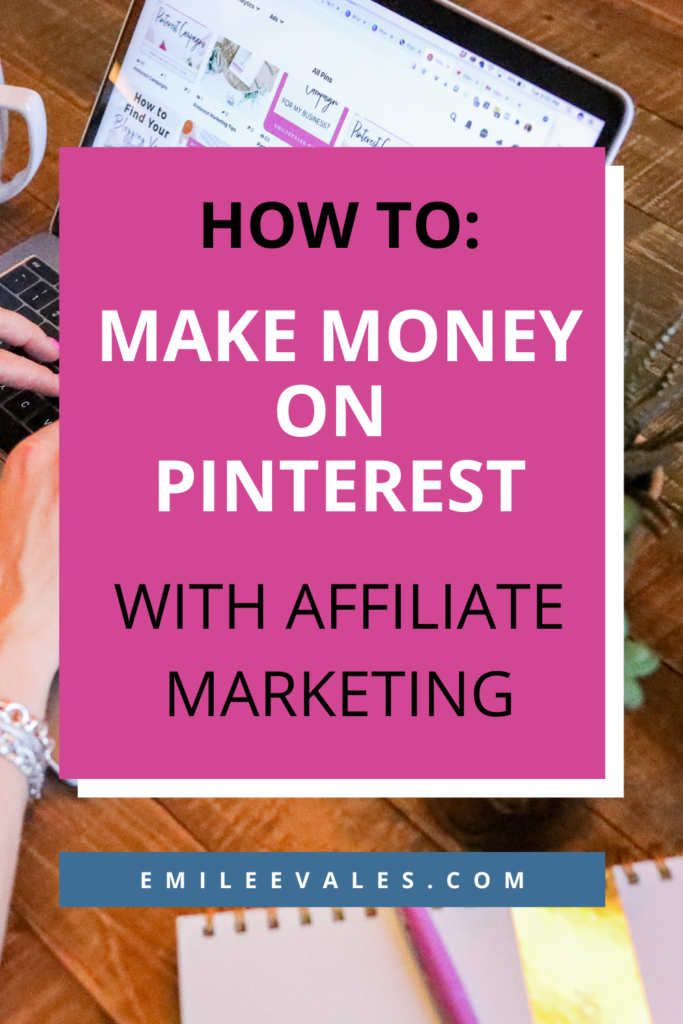
Pinterest Strategy with Affiliate Marketing
The last thing I want to explain a little bit further in-depth is the Pinterest strategy side.
We have talked about:
- What is affiliate marketing
- What Pinterest is
- How to decide who you want to be an affiliate marketer for
- Some of the best practices for referring your affiliate links
But now let’s talk a little bit more about the Pinterest strategy. Going back to your content, this is my favorite way to go about affiliate marketing on Pinterest – drive traffic to that long-form content!
Remember that blog I gave an example of, 5 of My Favorite Pinterest Marketing Tools? In that one blog post I’m creating 5 individual Pins and those 5 Pins are then going to link back to that one blog post. The reason I like to make multiple pins for one blog post is that you can use different images and text overlays on each pin. It gives you some variety and it also allows you to take a different approach, create a different hook, and use different keywords for each Pin. Just make sure that each Pin is highly relevant to that particular blog post.
For Example…
Maybe one pin is about how to automate your Pinterest traffic. So for that Pin, I would be talking about Tailwind because that’s how I automate my Pinterest traffic. I use a scheduler and that allows me to seamlessly schedule out my pins and automate that traffic.
Then for another Pin, I could talk about how to create scroll-stopping Pins that your audience clicks on. So for that Pin, I would be referring to Canva because that’s where I’m creating my beautifully-designed Pins.
So you can see how I’m creating these unique Pins and how they’re all linking back to that one blog post. These are strategic places where I am linking back to my affiliates (Canva, Tailwind, and whatever affiliate offers I would be sharing in the blog post).
Consider This…
You don’t have to share all your affiliates or multiple affiliates in one blog post! You can focus on whatever works best for your audience.
Maybe I just focus on one affiliate in a post. An example of that would be my blog post on How to Become a Pinterest Manager. Through that, I shared a freelance course that I took that taught me everything I needed to know to start my own business. Rather than just say, “Here’s my affiliate link”, I took the time to explain why I loved that course and how it would be a vital resource for anyone who is considering becoming a Pinterest manager in the future.
Bottom line: There are strategic and valuable ways to share affiliates without being spammy. Don’t be spammy! ?
That’s All Folks
I hope this gives you a great jumping-off point for getting started with affiliate marketing through Pinterest. If this post was helpful please give me a comment below and let me know what other questions you have about affiliate marketing.
I’m always happy to not only answer your questions but create other posts over what other questions you have. It could be over this specific topic or it could be something else related to Pinterest marketing.
With that being said, be sure to check out my FREE Pinterest Strategy guide with 7 easy steps to drive traffic to your business with Pinterest. And if you want to know more about the DIY Pinterest marketing route, be sure to sign up for my Pinterest Marketing Magic course waitlist!
You are the driving force for what I do! ❤️
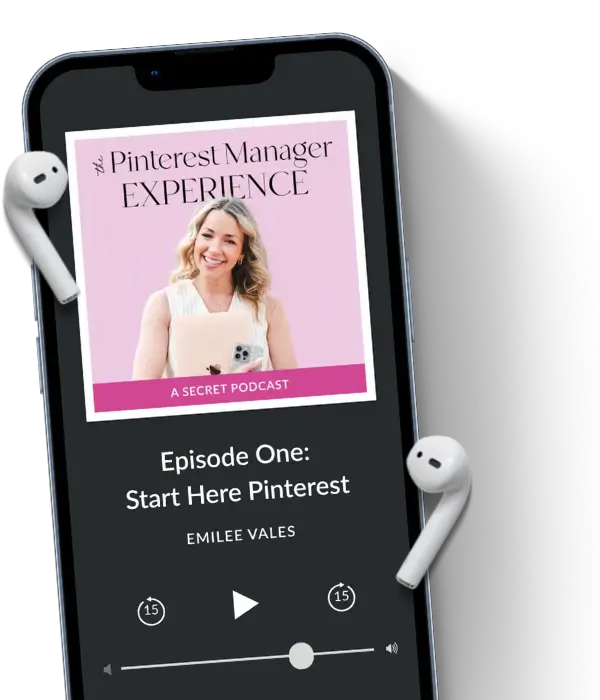
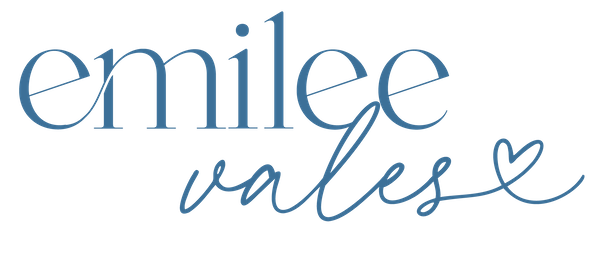



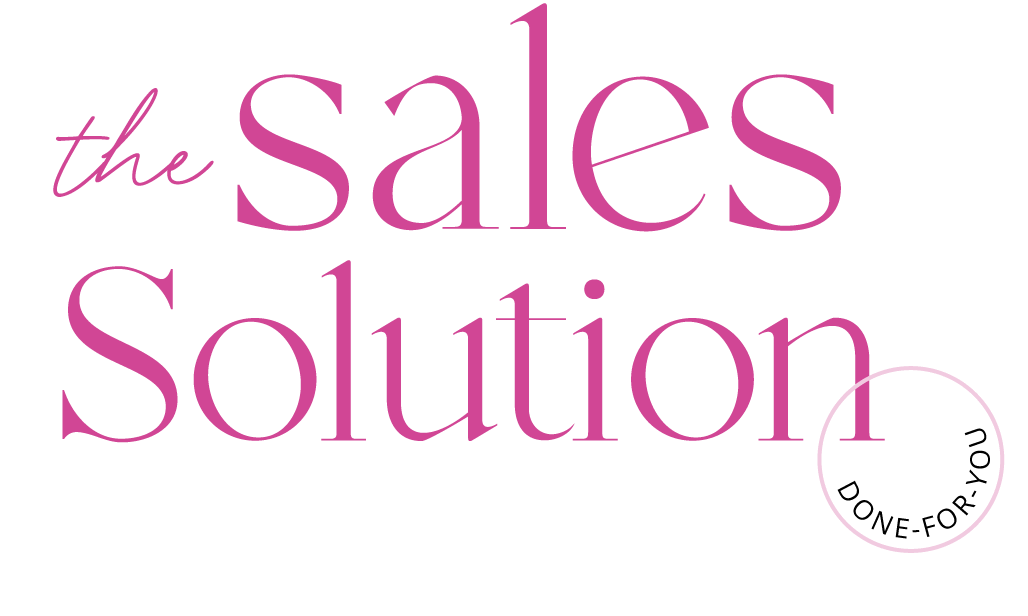
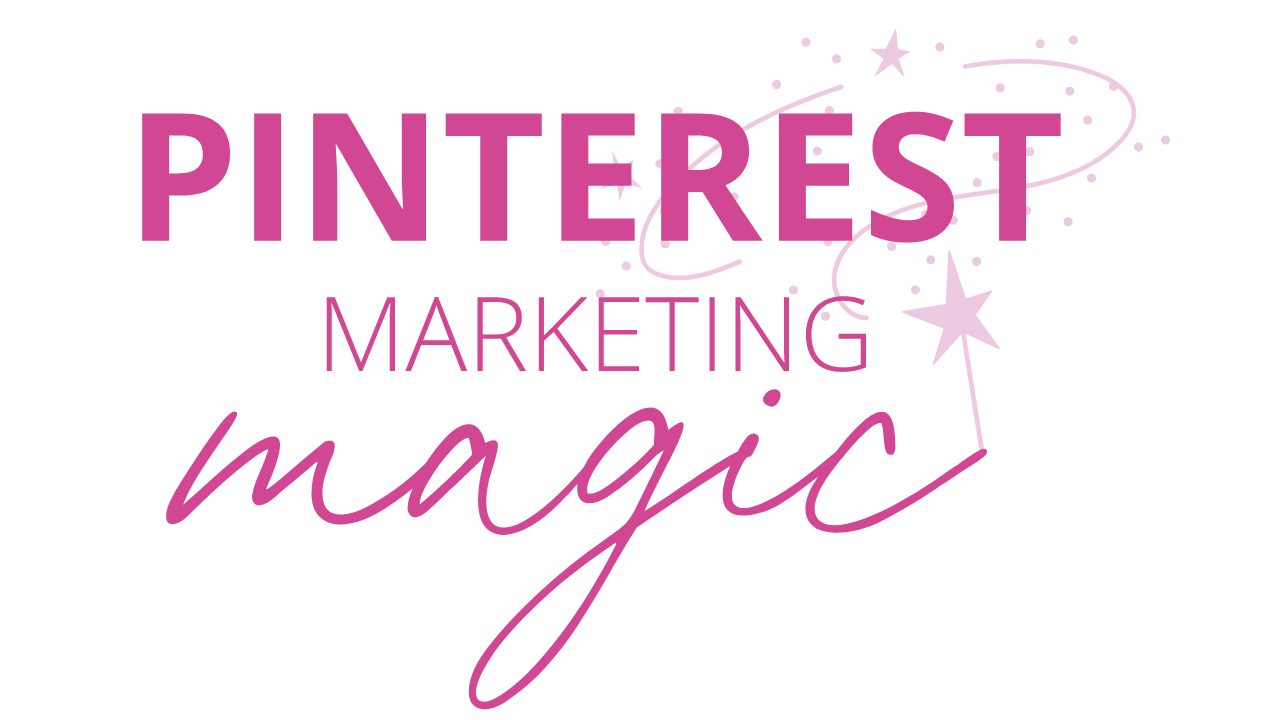
I just found you on You Tube! Thank goodness, I found you! The way you convey the information speaks to me logically! I’ve watched and read SO MANY ‘how to’ videos & blogs that I was almost ready to give up. I’m in the middle of creating a blog and I have converted my personal Pinterest account to a business account. You were 100%, it was a lot of work! I’ll be following you as I make this retirement journey into a blogging side hustle along with Pinterest affiliate marketing. Again, thank you for being so logical and thoughtful with the information you share. I’m a retired educator and you, Emilee, are also a natural educator! I wish you well! You’ll be ‘seeing’ me around!
Hi Jan! Thank you so much for your kind words for Emilee. Wishing you all the best in your Pinterest Management business 🙂
I don’t know nothing about affiliate Marketing how this seen so easy
Hi Monica! This post is a great place to start when it comes to learning more about the potential for Pinterest and affiliate marketing. Glad you stopped by!